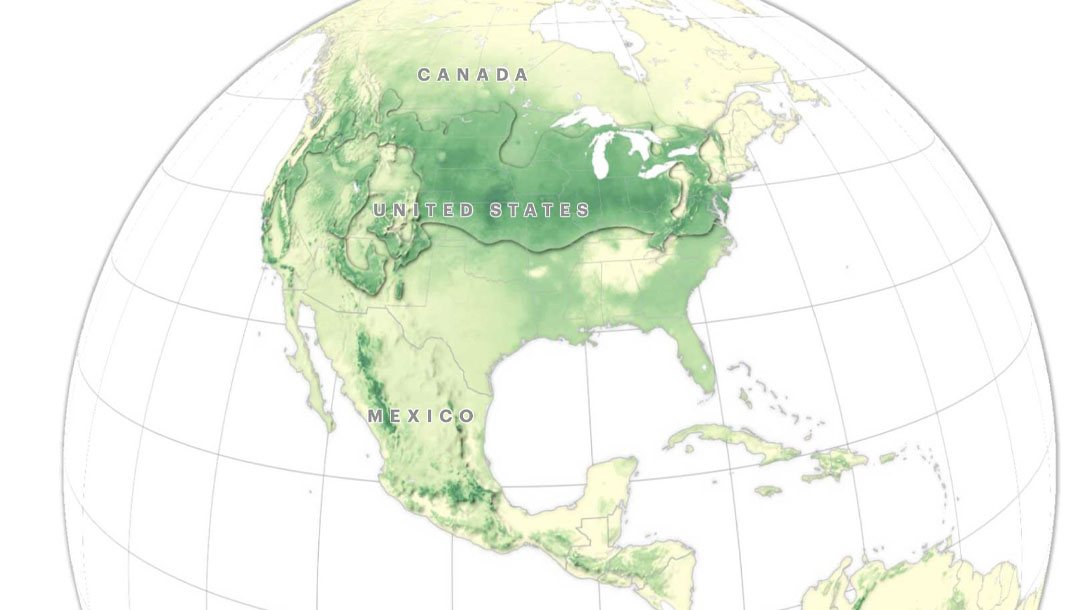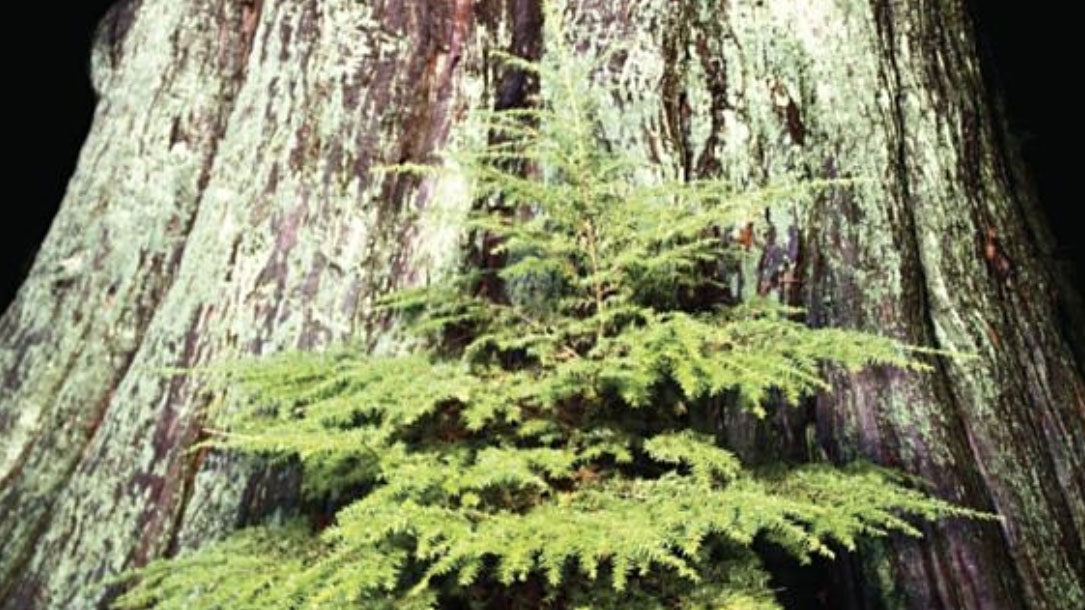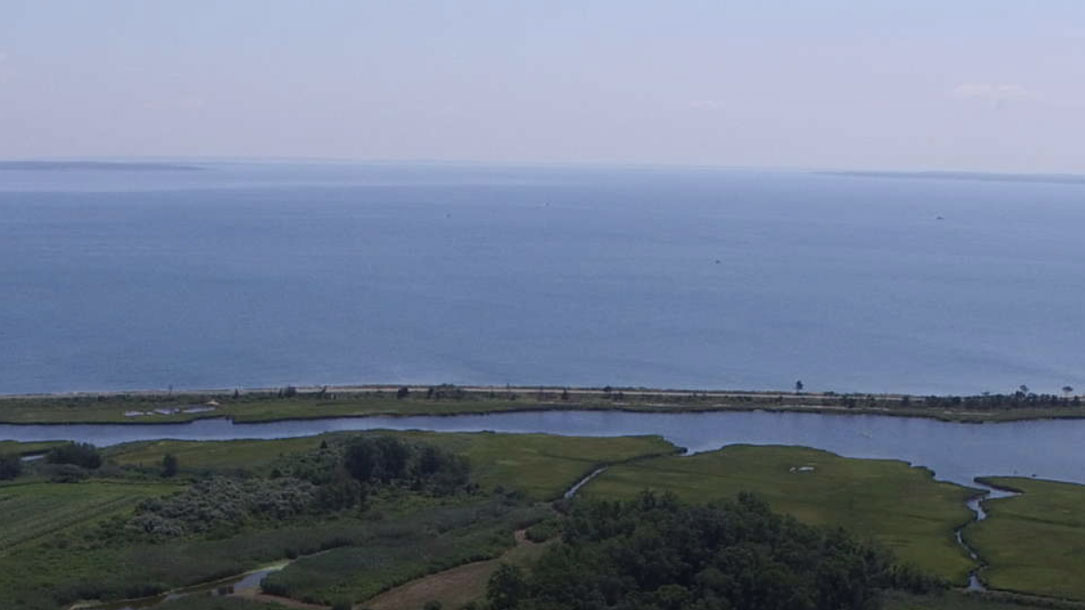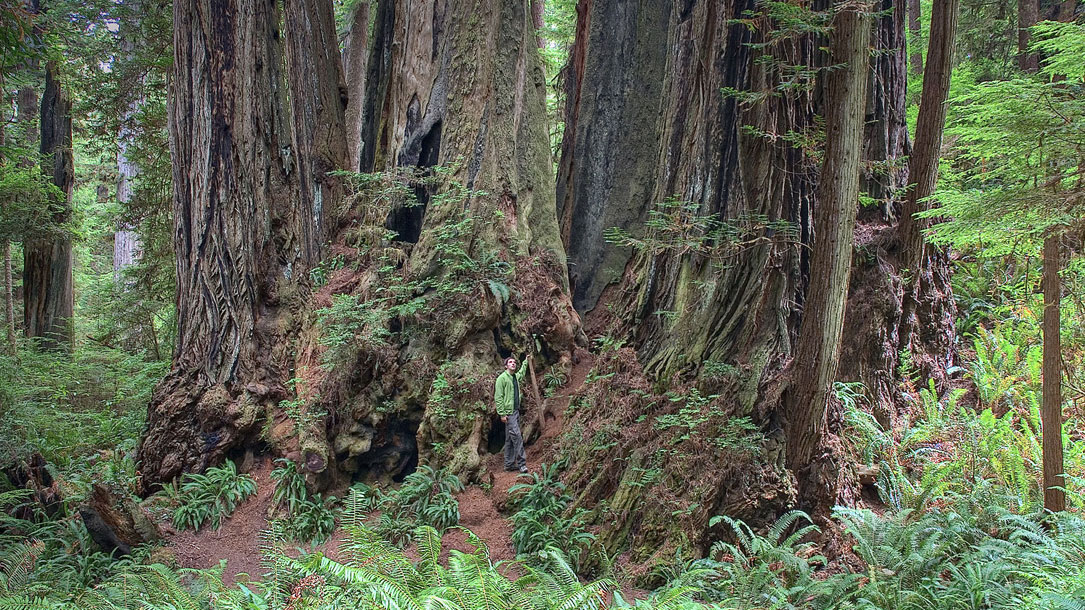Home > Climate News >

Despite Capitol Hill enthusiasm for planting crops to store carbon, few farmers are doing it
A study published in Science Advances in 2018 found that planting cover crops has the potential to hold carbon in the soil or offset emissions, but only if it is scaled-up across hundreds of millions of acres. To put any meaningful dent in U.S. emissions, EWG’s analysis found, current “cover crop acres would have to increase fourteen-fold to get close to the number of acres needed to achieve a minicscule reduction.”
The findings come as cover crops, once an obscure concept far removed from the conversations of Washington politicians, have become central to legislation aimed at helping farmers control carbon emissions. Last week, the Senate passed the Growing Climate Solutions Act, designed to help farmers participate in carbon offset markets…

Good read: Katharine Hayhoe’s “Saving Us”
“When it comes to climate impacts and climate action, there is a narrow path between despair and hope.”

Future of the human climate niche
“All species have an environmental niche, and despite technological advances, humans are unlikely to be an exception…”

New climate maps show a transformed United States
In a paper published in the Proceedings of the National Academy of Sciences, a team of researchers modeled the human climate “niche”: the regions where temperature and precipitation have been most suitable for humans to live in over the past 6,000 years.
New projections for farm productivity also suggest that growing food will become difficult across large parts of the country, including the heart of the High Plains’ $35 billion agriculture industry. All the while, sea level rise will transform the coasts.
Combined, these factors will lead to profound economic losses — and possibly the mass migration of Americans away from distress in much of the southern and coastal regions of the country. Meanwhile, the northern Midwest and Great Plains will benefit, in farm productivity, in economy, and in overall comfort…

Food systems account for more than one third of global greenhouse gas emissions
Some two-thirds of the emissions from global food systems come from the land-based sector, comprising agriculture, land use and land use changes. That figure is higher for developing countries, but also declining significantly in step with decreasing deforestation and increasing downstream activities such as food processing and refrigeration.

Off-farm activities are a growing share of food-system greenhouse gas emissions
The research team that compiled the study consists of experts from Columbia University and NASA, several UN agencies and numerous policy-focused research centers. The open-access report, which builds on another recent data-rich food and agriculture organization of the United Nations study, offers the full spectrum of technical findings, and represents an important step for building a full database…
One emergent theme is that optimal greenhouse gas mitigation strategies require a focus on activities before and after farm production, ranging from the industrial production of fertilizers to refrigeration at the retail level, as this is the area where emissions are growing fastest — due in part to a slowdown in deforestation…

AFT welcomes solar and conservation specialist
American Farmland Trust welcomes Ethan Winter as the Northeast Solar Specialist. In this role, Winter will work across regional and national programs to help set and implement AFTs strategy for solar energy generation and farmland conservation. Winter joins AFT with an extensive background in solar development throughout the Northeast.

Spotlight: Suzanne Simard
Following up on the Western NY Land Conservancy’s webinar, you might want to read Dr. Simard’s book. Simard writes — in inspiring, illuminating, and accessible ways — how trees, living side by side for hundreds of years, have evolved, how they perceive one another, and how they have learned to adapt their behaviors, recognize neighbors, and remember the past…

What is conservation’s impact on climate?
Through conservation and stewardship, the Trust works every day with the community to help stem the negative impacts from rising greenhouse gas emissions. In recent years, the Trust’s work has taken on urgency related to Climate impacts, with our focus on conservation and stewardship focused on mitigation and restoration.

Finding the Mother Tree: An evening with Suzanne Simard
From the world’s leading forest ecologist who forever changed how people view trees and their connections to one another and to other living things in the forest — a moving, deeply personal journey of discovery.
Suzanne Simard is a pioneer on the frontier of plant communication and intelligence; she’s been compared to Rachel Carson, hailed as a scientist who conveys complex, technical ideas in a way that is dazzling and profound. Her work has influenced filmmakers (the Tree of Souls of James Cameron’s Avatar) and her TED talks have been viewed by more than 10 million people worldwide.












